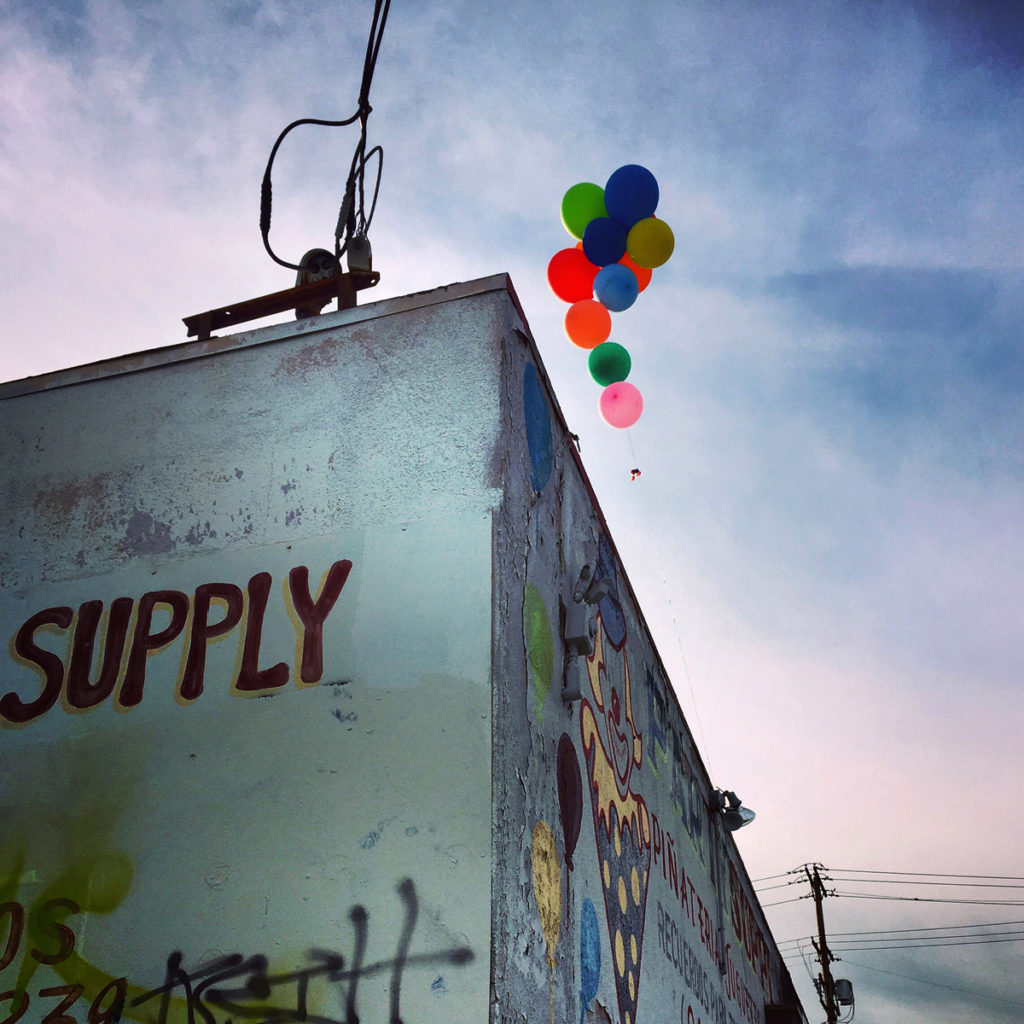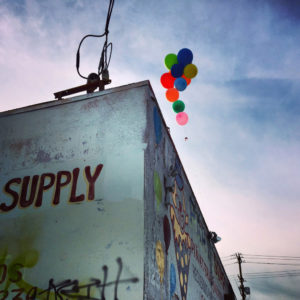
Editor’s Note: I first published the following post on March 4, 2020, exactly one year ago today. That turned out to be just days before the implications of the coronavirus pandemic really began to sink in and we all were indeed launched into “another engaged way of being” for a year and more. When I was originally drawn to Cat Gwynn’s work and approach to life, art and being a patient, I had no idea the dislocation and uncertainty she describes was soon to be something we could all relate to a little bit more as we learned to navigate uncertainty, risk and loss. With hope for the future and great appreciation for the efforts and sacrifices of healthcare workers everywhere (and having had my first shot of COVID vaccine), I look forward to the coming year. I hope you do, too.
‘Another Engaged Way of Being’
The longer I look at the world through the lens of “patient engagement,” the broader my definition of the concept becomes and the deeper my awareness of different ways to experience being a patient. I’ve recently discovered Cat Gwynn, an accomplished photographer and writer, who has deepened my appreciation of individualized experience, patient engagement and effective storytelling.
In her book 10-Mile Radius: Reframing Life on the Path Through Cancer, Gwynn reflects on her experience as a cancer patient and artist and describes the attitude she applied to living with cancer through treatment and recovery. Gwynn describes the book as turning “art-making into a daily mindfulness practice,” which saw her through intensive cancer treatment and beyond. In a video trailer for the book (available here), she says that making art during months of treatment gave her “another engaged way of being” in a strange, uncommon time.
One reviewer describes 10-Mile Radius as a “photographic memoir of what [Gwynn] saw and felt on her way to healing.” Another says of Gwynn’s book, “Words and images weave together to tell many stories, which all lead back to one simple idea: light and darkness are a pair. Whether she meant to or not, Cat Gwynn does nothing less than show us a path to a meaningful life.”
Literary journal for healthcare narratives
I discovered Gwynn’s work through an interview in Please See Me, a new online literary journal from the Center for Healthcare Narratives at the MedStar Institute for Quality and Safety. The journal published its first issue in March and welcomes submissions that help “us see illness, wellness, health, or the healthcare environment differently.”
In a “Letter from the Editor,” Tracy Granzyk acclaims stories as “catalysts of connection and change” for healthcare: “They ground us in our humanity and can create lasting bonds strengthened by the empathy felt when opening our hearts to the joys and sorrows of others.” It’s a profound way to become engaged in health and healthcare.
The following is an excerpt from Granzyk’s conversation with Gwynn. Click here to read the entire interview.
Granzyk: You’ve mentioned in other interviews that your doctors could treat your cancer, but that your mind “was up to me.” Can you elaborate on that for our Please See Me audience?
Gwynn: When I found out I had triple-negative breast cancer, my friends insisted I could “beat it.” This sort of weaponized language bothers me. Cancer wasn’t “my bitch,” and I wasn’t going to “kick its ass”; that would be up to my doctors, and I had faith in them. I knew the real battle for me would be with my mind. I think this is the biggest obstacle for every patient facing a diagnosis such as mine. How do you sit with a threat to your life this serious?
For me, I knew it was about being present, surrendering to the illness and embracing the cancer cells that were part of me. Fighting them sounded counterproductive. I had to quit listening to my fears that told me I was utterly helpless, a pervasive feeling that made my physical healing more challenging. I figured out my anxiety was a liar, and that it was my real nemesis. I decided to pour my worry and doubt about my prognosis into the creation of art, and my regular creative practice did help keep me in the moment rather than impulsively ruminating about all the things that could go wrong.
Granzyk: What inspired you to take that first picture for 10-Mile Radius?
Gwynn: I’m a photographer and genuinely love what I do. When I became sick, I consciously chose to make photos every day as a coping mechanism. I believe art-making is also another form of presence—similar to meditation—and taking daily pictures gave me the perfect opportunity to both celebrate the ordinary beauty I was capturing and also face my demons as they came up.
When you’re critically ill, it can feel like your life is out of control; your only purpose is to do what your doctor tells you to do and blindly eke your way through it. I was hit with so much when I was diagnosed, a lot emotionally to sort through, not to mention the arduous treatment protocols taking me way out of my comfort zone. Making photos was something I had a choice over, and it gave me a purpose during a very uncertain time. This daily form of visual journaling helped me get up each day with something to look forward to. It wasn’t until about four months in that I realized I was creating a larger body of artwork that ultimately became my photo memoir.





